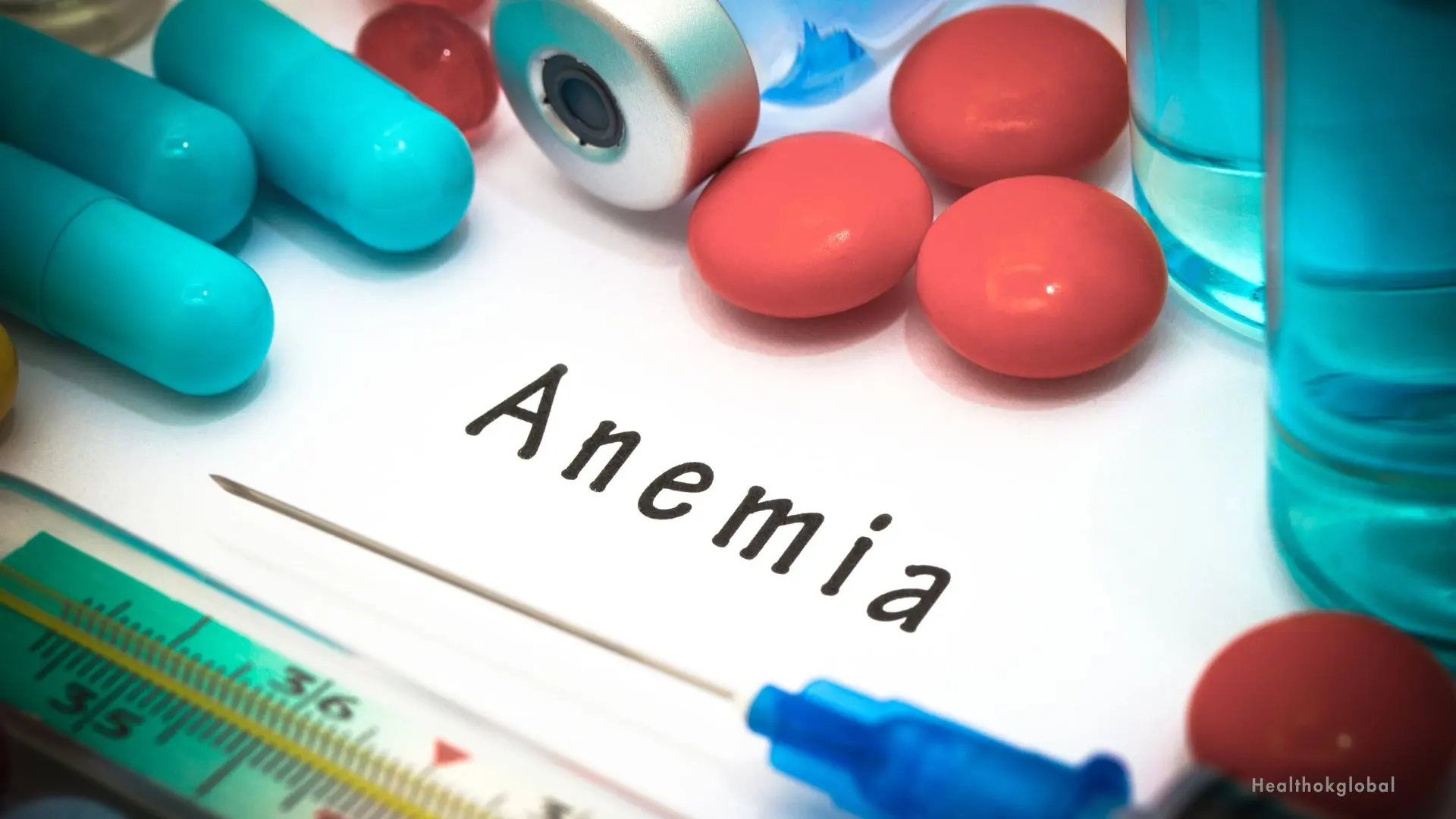The bleeding time test is a diagnostic tool to evaluate platelet function and clotting ability, crucial for identifying bleeding disorders and monitoring therapies.

Blog
Bleeding Time Test – What It Measures & Importance
The bleeding time test remains a cornerstone diagnostic procedure for evaluating the body's ability to form a primary blood clot. It helps determine how well platelets function in stopping bleeding after an injury. In countries like India, where awareness about clotting disorders is still growing, early detection through simple tests like bleeding time can be life-saving. With over 1 in every 10,000 individuals estimated to have a bleeding disorder globally, understanding this test is essential for clinicians and patients alike. This guide dives into its clinical relevance, procedure, interpretation, and real-world implications.
The bleeding time test assesses the duration it takes for bleeding to stop after a minor, standardized skin incision. It evaluates platelet plug formation and blood vessel constriction, making it a vital first-line diagnostic tool for platelet function disorders. The test does not evaluate the entire coagulation cascade but provides insight into the initial phase of hemostasis. It is particularly helpful in diagnosing conditions like von Willebrand disease, thrombocytopathy, and monitoring patients on antiplatelet medication.
Performed under controlled clinical settings, the bleeding time test follows a systematic process to ensure accuracy and patient safety:
The patient is seated or laid down comfortably. The volar surface of the forearm is cleaned using an antiseptic. A sphygmomanometer may be applied and maintained at 40 mmHg to standardize capillary pressure throughout the test.
A small incision (approximately 5 mm long and 1 mm deep) is made using a specialized device like the Surgicutt or Ivy method lancet. These devices ensure precision in cut depth and length for reproducible results.
Immediately after the incision, a stopwatch is started. Every 30 seconds, filter paper is gently touched to the edge of the wound (not directly over it) to absorb blood. This continues until bleeding visibly stops.
The time at which bleeding ceases is documented as the patient’s bleeding time. Normal results typically fall between 2 to 7 minutes, depending on the technique and laboratory standards.
The bleeding time test serves multiple clinical purposes, helping healthcare professionals evaluate patient risk before surgeries, monitor medication, and detect bleeding abnormalities early on:
It is especially useful in identifying inherited bleeding disorders such as von Willebrand disease, Bernard-Soulier syndrome, and Glanzmann thrombasthenia. In India, awareness of such rare disorders is increasing, thanks to enhanced screening programs.
Patients on aspirin, clopidogrel, or NSAIDs may experience altered platelet function. The bleeding time test helps monitor their bleeding risk, especially before surgical procedures.
Preoperative screening often includes this test to ensure patients have adequate hemostasis capacity. Even minor dental procedures can lead to complications if underlying platelet dysfunction is missed.
Interpretation of the bleeding time test requires contextual clinical knowledge, laboratory standards, and patient history:
A typical bleeding time ranges from 2 to 7 minutes. Factors like age, blood pressure, and ambient temperature can affect this range slightly, and labs should have their own standard reference values.
If the bleeding time exceeds 7 minutes, it may indicate platelet function abnormalities, thrombocytopenia (low platelet count), or vascular integrity issues. von Willebrand disease and drug-induced platelet dysfunction are common culprits.
Although rare and often not clinically significant, a shortened bleeding time might suggest elevated platelet count (thrombocytosis) or anxiety-induced sympathetic response during testing.
Despite being widely used, the bleeding time test is not without limitations. Modern diagnostics are replacing it with more accurate tools:
Variations in incision depth, pressure application, and technique can lead to inconsistent results. Therefore, trained personnel and calibrated tools are essential.
The test does not differentiate between specific platelet function disorders. Hence, further tests like platelet aggregation studies are often needed to confirm diagnosis.
It is not advised for patients with severe thrombocytopenia or those on high doses of blood thinners due to the risk of uncontrolled bleeding.
A 16-year-old girl from Lucknow reported frequent nosebleeds and heavy menstrual cycles. After months of misdiagnosis, a simple bleeding time test revealed platelet dysfunction. Further investigation confirmed von Willebrand disease. Timely intervention with desmopressin and iron therapy improved her quality of life dramatically. This real-life case underlines the importance of including bleeding time tests in early diagnostic protocols for unexplained bleeding symptoms.
As healthcare evolves, more precise alternatives have emerged, offering greater specificity and sensitivity:
This test simulates blood flow through a membrane-coated capillary and measures platelet plug formation time under controlled conditions. It’s more reproducible than bleeding time.
Both PT and aPTT assess clotting factor function and help in diagnosing hemophilia, liver disease, and other coagulopathies.
TEG offers real-time analysis of clot formation, stability, and dissolution. It’s especially useful during major surgeries and in critical care.
Diet plays a significant role in platelet health and clotting efficiency. Nutrients like vitamin K, folate, and iron are essential for optimal clot formation. For example, consuming foods like spinach, celery leaves (Celery Leaves), and white radish (White Radish) may naturally support blood clotting and vascular health. On the other hand, excessive garlic or alcohol may impair platelet aggregation and prolong bleeding time.
The bleeding time test, despite being a traditional diagnostic tool, remains relevant in resource-limited settings and specific clinical situations. Its ability to provide rapid insights into primary hemostasis makes it a valuable screening procedure. However, with advancements in hematology, clinicians should complement bleeding time results with modern, standardized tests for a comprehensive evaluation of clotting function. Ultimately, timely diagnosis, supported by nutritional awareness and accessible testing, can significantly improve patient outcomes in bleeding disorders.
The procedure involves a small incision that may cause mild discomfort, but it is generally well-tolerated and over in minutes.
No. It requires trained personnel, sterile instruments, and monitoring, and should only be performed in a clinical setting.
Inform your doctor about any medications you are taking, especially blood thinners. Avoid NSAIDs before the test if advised.
Yes. Diets low in vitamin K or iron can affect platelet function and bleeding tendency. Include leafy greens and iron-rich foods for optimal health.
Not necessarily, but it warrants further testing. It could be due to medication, diet, or underlying medical conditions.
HealthOK Global is your wellness partner for tailored dietary and lifestyle advice. Contact our FREE 24 x 7 Healthcare Helpline at +91-8047190955 for expert nutrition support.
The bleeding time test assesses the duration it takes for bleeding to stop after a minor, standardized skin incision. It evaluates platelet plug formation and blood vessel constriction, making it a vital first-line diagnostic tool for platelet function disorders. The test does not evaluate the entire coagulation cascade but provides insight into the initial phase of hemostasis. It is particularly helpful in diagnosing conditions like von Willebrand disease, thrombocytopathy, and monitoring patients on antiplatelet medication.
The bleeding time test serves multiple clinical purposes, helping healthcare professionals evaluate patient risk before surgeries, monitor medication, and detect bleeding abnormalities early on:
Interpretation of the bleeding time test requires contextual clinical knowledge, laboratory standards, and patient history:
The procedure involves a small incision that may cause mild discomfort, but it is generally well-tolerated and over in minutes.
No. It requires trained personnel, sterile instruments, and monitoring, and should only be performed in a clinical setting.
Inform your doctor about any medications you are taking, especially blood thinners. Avoid NSAIDs before the test if advised.
Yes. Diets low in vitamin K or iron can affect platelet function and bleeding tendency. Include leafy greens and iron-rich foods for optimal health.
Not necessarily, but it warrants further testing. It could be due to medication, diet, or underlying medical conditions.
Need Personalized Health Guidance?
Get expert advice tailored to your specific health needs from our qualified healthcare professionals.





